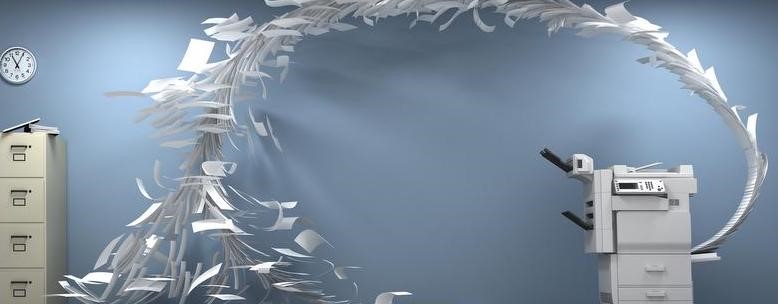Free Courses Sale ends Soon, Get It Now


Free Courses Sale ends Soon, Get It Now



Disclaimer: Copyright infringement not intended.
Context
Details
Principles of Xerography
Historical Context
Impact on Modern Technology
Conclusion
Xerography has not only revolutionized the way information is duplicated but has also significantly impacted various aspects of modern society. Its principles and applications continue to inspire advancements in the field of printing and imaging technology.
|
PRACTICE QUESTION Q. Discuss the significance of xerography in the context of information dissemination and its impact on modern society. How has the evolution of xerographic technology influenced the development of modern printing and imaging techniques? (250 Words) |
© 2024 iasgyan. All right reserved